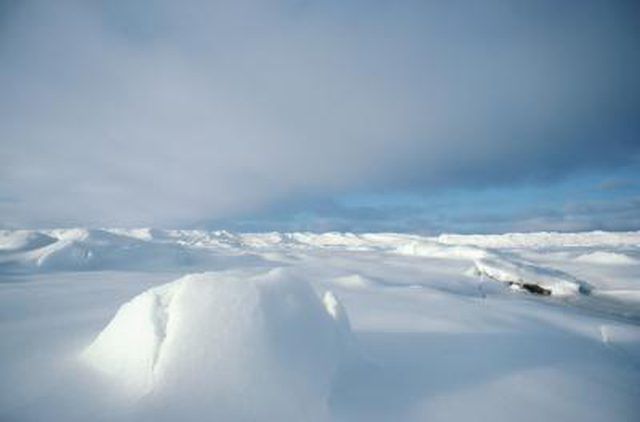Bulbs
Flower Basics
Flower Beds & Specialty Gardens
Flower Garden
Garden Furniture
Garden Gnomes
Garden Seeds
Garden Sheds
Garden Statues
Garden Tools & Supplies
Gardening Basics
Green & Organic
Groundcovers & Vines
Growing Annuals
Growing Basil
Growing Beans
Growing Berries
Growing Blueberries
Growing Cactus
Growing Corn
Growing Cotton
Growing Edibles
Growing Flowers
Growing Garlic
Growing Grapes
Growing Grass
Growing Herbs
Growing Jasmine
Growing Mint
Growing Mushrooms
Orchids
Growing Peanuts
Growing Perennials
Growing Plants
Growing Rosemary
Growing Roses
Growing Strawberries
Growing Sunflowers
Growing Thyme
Growing Tomatoes
Growing Tulips
Growing Vegetables
Herb Basics
Herb Garden
Indoor Growing
Landscaping Basics
Landscaping Patios
Landscaping Plants
Landscaping Shrubs
Landscaping Trees
Landscaping Walks & Pathways
Lawn Basics
Lawn Maintenance
Lawn Mowers
Lawn Ornaments
Lawn Planting
Lawn Tools
Outdoor Growing
Overall Landscape Planning
Pests, Weeds & Problems
Plant Basics
Rock Garden
Rose Garden
Shrubs
Soil
Specialty Gardens
Trees
Vegetable Garden
Yard Maintenance
Plants in the North Pole
Plants in the North Pole. Plants face a challenging and harsh environment in the Arctic tundra, a completely frozen and dry arctic surface, covered with permafrost, that is not suitable for plant growth. Below freezing temperatures, poor soil quality, and low nutrient levels mean only a few resilient plant species can survive.

Plants face a challenging and harsh environment in the Arctic tundra, a completely frozen and dry arctic surface, covered with permafrost, that is not suitable for plant growth. Below freezing temperatures, poor soil quality, and low nutrient levels mean only a few resilient plant species can survive.
Species
Arctic plant species that grow on the flat tundra surface of the North Pole include cotton grass, sedge, and dwarf heath. North Pole alpine plants growing on an incline or mountainous terrain include mat-making and cushion plants, or cluster-like communities of plants that grow together to protect each other from the elements.
Root Biomass
The outdoor environment of the North Pole is not a habitable place, so most of the biomass, or mass of a plant's vegetation, is concentrated in its roots.
Mosses and Lichens
Mosses and lichens are the most abundant form of plant life in the North Pole, and grow primarily on the underside of rocks that are protected from the elements.
Dark Pigment
Many North Pole tundra plants, like Dark Red Many Plants, have very dark pigments on their leaves. The high albedo, or ability to absorb sunlight, allows for photosynthesis to occur at lower temperatures.
Reproduction
North Pole weather consists of high winds, and cold temperatures, terrible conditions for flowering. Therefore, most plant reproduction takes place through the division of roots under the surface.